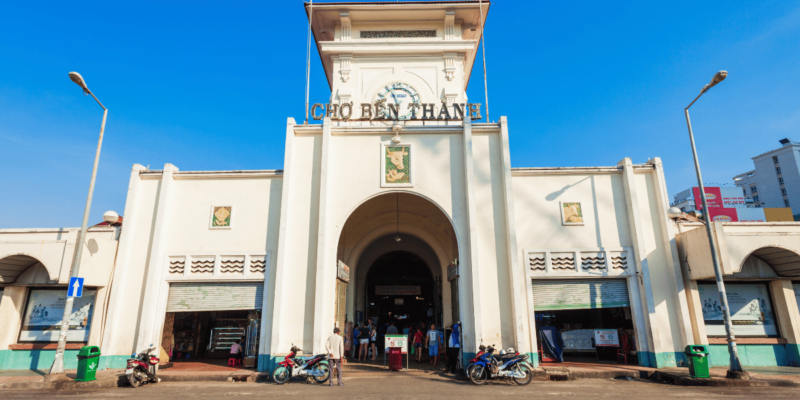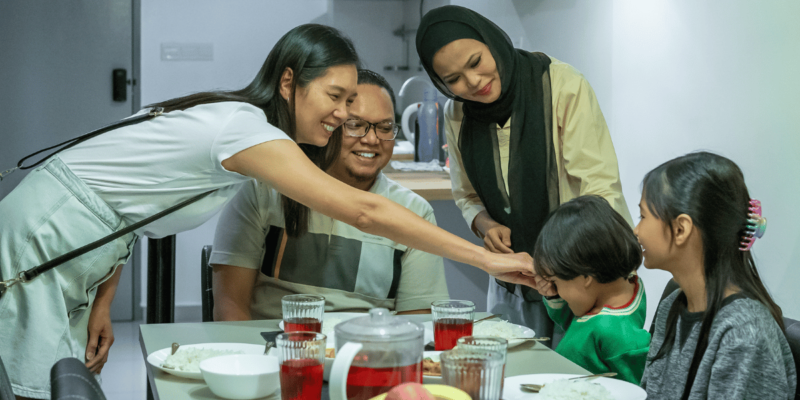Saying ‘Thank You’ in Vietnam: Etiquette and Cultural Significance
Expressing gratitude is a fundamental aspect of Vietnamese culture, reflecting the values of respect and humility deeply ingrained in society. Knowing how to say “thank you” properly can enhance social interactions and show appreciation in a culturally appropriate manner. This article explores the various ways to say “thank you” in Vietnamese, including verbal and non-verbal expressions, the cultural significance of gratitude, situational examples, common mistakes, and tips for non-native speakers. By understanding these nuances, one can build stronger connections and show respect in Vietnamese social contexts.
Common Ways to Say ‘Thank You’ in Vietnamese
The most common way to say “thank you” in Vietnamese is “Cảm ơn.” This phrase is versatile and can be used in both formal and informal settings. To express deeper gratitude, one might say “Cảm ơn nhiều,” which means “Thank you very much.” In more formal contexts, adding an honorific to address the person appropriately is important, such as “Cảm ơn bạn” (thank you, friend), “Cảm ơn anh/chị” (thank you, older brother/sister), or “Cảm ơn bác” (thank you, uncle/aunt). These variations reflect the hierarchical nature of Vietnamese society and show respect based on age and social status.
Non-Verbal Expressions of Gratitude
In Vietnam, non-verbal gestures are also crucial in expressing gratitude. A slight bow or a nod while saying “thank you” conveys respect and sincerity. Offering small gifts or tokens, such as fruit or tea, is a traditional way to show appreciation, especially in rural areas. Body language and facial expressions play a significant role; a warm smile or a gentle touch on the arm can enhance the verbal thank you, making the gesture more heartfelt and personal. These non-verbal cues are integral to Vietnamese etiquette and help convey genuine gratitude.
Cultural Significance of Gratitude
Gratitude in Vietnamese culture is deeply influenced by Confucian values, emphasizing the importance of respect, humility, and social harmony. Expressing thanks is not just a polite gesture but a way to maintain and strengthen social bonds. In Vietnamese society, being humble and respectful is paramount, and showing gratitude appropriately reflects these values. Whether in family settings, among friends, or in professional environments, saying “thank you” appropriately fosters mutual respect and understanding, reinforcing the cultural norms that value community and interconnectedness.
Situational Examples of Expressing Gratitude
Gratitude is expressed differently depending on the context. In daily life, thanking friends and family with a simple “Cảm ơn” is common, while adding more warmth and personal touches strengthens relationships. In professional settings, it is crucial to thank colleagues and superiors with appropriate honorifics, such as “Cảm ơn anh/chị” or “Cảm ơn sếp” (thank you, boss), showing respect for hierarchy. Public services also offer opportunities to express gratitude; thanking service workers, drivers, and shopkeepers not only shows appreciation but also promotes positive social interactions. These situational examples highlight the flexibility and importance of gratitude in various aspects of Vietnamese life.
Common Mistakes and Cultural Sensitivities
Non-native speakers might face challenges in appropriately using “Cảm ơn.” Overusing or underusing this phrase can lead to misunderstandings. For instance, excessive gratitude might seem insincere, while neglecting to thank someone can appear rude. Misunderstanding the levels of formality and failing to use the correct honorifics can also be problematic. Cultural nuances, such as the appropriate tone and body language, are essential to understand. Being aware of these sensitivities helps avoid potential faux pas and ensures that expressions of gratitude are well-received.
Learning and Practicing Gratitude in Vietnamese
For non-native speakers, learning to say “thank you” correctly involves understanding both the language and cultural context. Practicing with native speakers is invaluable, as it helps refine pronunciation and grasp the appropriate usage. Resources such as language apps, cultural guides, and etiquette books can provide useful insights. Engaging with the Vietnamese community, whether through travel or local interactions, offers practical experience. Consistent practice and a genuine willingness to learn and respect cultural norms are key to mastering expressions of gratitude in Vietnamese.
Conclusion
Expressing gratitude in Vietnamese goes beyond mere words; it embodies the cultural values of respect, humility, and social harmony. Understanding the nuances of saying “thank you” enhances interpersonal relationships and shows a deep respect for Vietnamese customs. By practicing these expressions, one can build stronger connections and demonstrate appreciation in a culturally appropriate manner. Embracing these practices not only enriches personal interactions but also fosters mutual respect and understanding in a multicultural world.



















































